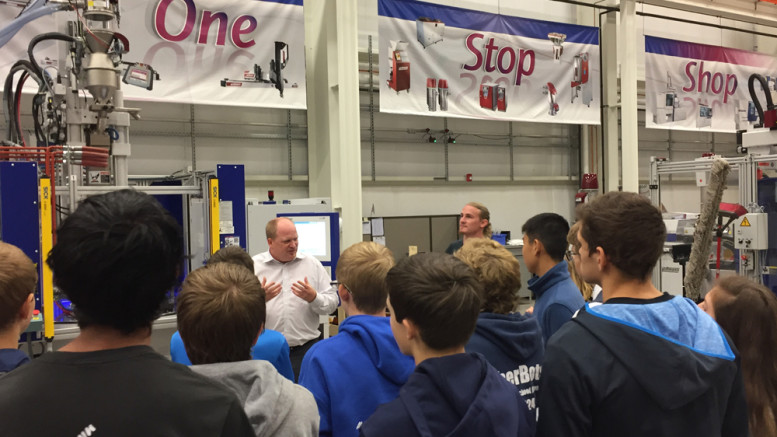Like many states across the country, South Carolina faces ever-growing manufacturing job numbers and an ever-decreasing talent pool.
Industry officials and educators alike say the key to filling the workforce pipeline once again relies on letting students understand manufacturing isn’t about just getting by in dirty textile factories anymore.
“There are initiatives going on all over the state, but it’s in pockets here and there,” said Chuck Spangler, CEO and president of South Carolina Manufacturing Extension Partnership.
“There’s lots of work being done by the (South Carolina) Department of Commerce to get these companies to move here,” he said. “But it’s going to take the manufacturers educating the public about the jobs and filling that pipeline.”
Filling up that pipeline, Spangler said, is going to mean educating young people on what kind of a fulfilling career manufacturing can be.
Currently, more than 3,000 jobs are available across the state, including more than 1,300 manufacturing jobs in the Greenville area and more than 600 jobs in both the Columbia and Charleston areas.
Industry officials said manufacturers are already having a problem filling those jobs, and that added jobs would only serve to increase the problem.
The problem, Spangler said, is that parents, guidance counselors, teachers and students in high school and middle school don’t know what manufacturing jobs of today look like.
“It’s very important that we get to the middle and high school kids,” he said. “Today’s manufacturing companies are high tech and I think adults think of manufacturing as being like the old textile mills.”
Spangler said SCMEP and other organizations have held some events to introduce parents, students and teachers to manufacturing jobs.
“They really don’t know what the careers are or how much money they can make,” he said.
Today, a technical college graduate with a CNC mechanics certificate can expect to make a starting salary of $50,000 – $55,000. The average teacher’s salary in South Carolina is $48,365 with the starting salary of a first year teacher being 32,389 on average and depending on the district.
SCMEP is working with small and medium sized manufacturers to get them to open their doors to students and parents to show them what their workplaces were really like.
But Spangler said it was going to take a concentrated effort to educate the student and adult population.
Dino Teppara, spokesman for the South Carolina Department of Education, said several initiatives were already in place to start that education process.
“The state is doing a lot to connect manufacturers and educators to make manufacturing careers attractive to students,” he said. “There is also a manufacturing career cluster and mechatronics being offered in many more districts across the state.”
Among the statewide initiatives are manufacturing conferences in the spring and fall that have one day open to students, and apprenticeship programs.
Teppara said more than 1,200 sophomore and junior students will be invited to attend the career day at the conference to meet with some 40 manufacturing companies.
One program, Youth Apprenticeship, provides students with a direct entry into the manufacturing industry.
Last June, 42 high school students signed with 36 employers in seven different career fields through a partnership with Trident Technical College.
Through this community partnership connecting high schools, the technical college system, and manufacturers, students can earn a high school diploma, a technical college certificate, U.S. Department of Labor certification, and two years of paid work experience, Teppara said.
“Specialized knowledge is needed for many manufacturing companies across South Carolina, and they need to broaden their labor pool and the Youth Apprenticeship Carolina program enables employers to grow their business and workforce,” he said. “Students get on the job training, hands-on experience, and the ability to work in growing sectors of the South Carolina economy.”
Still more work is needed, said Spangler.
“We have to get to these kids in high school and prepare them now for the future,” he said. “It’s going to be a totally different world in manufacturing five years from now, and we’ve got to be prepared for it.”


Be the first to comment on "State partnerships are critical in solving weak workforce pipeline problem – and filling over 3000 open jobs"